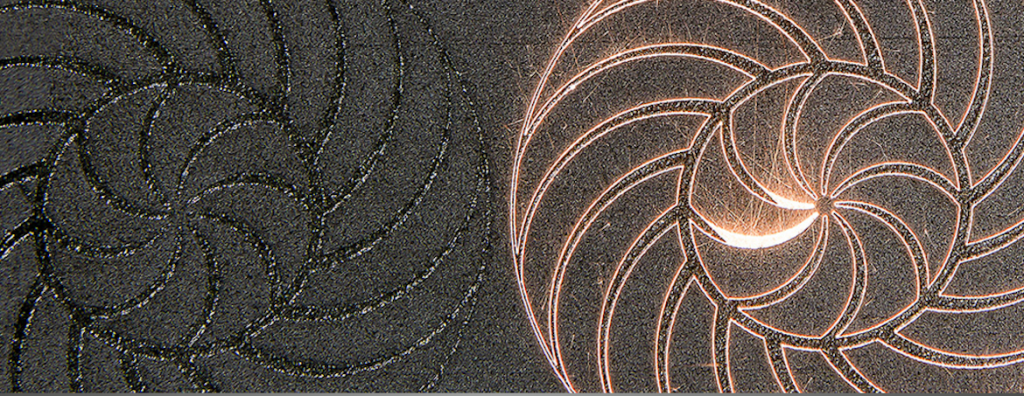Yesterday marked the kickoff of AU Las Vegas with an inspiring general session, headlined by our CEO Andrew Anagnost and a lineup of special guests. During the session, we were introduced to an extraordinary manufacturing research project from NASA’s Jet Propulsion Laboratory. It was fascinating to hear about their groundbreaking work and how it could potentially shape the future of manufacturing.
Today, Steve Hooper and I delivered a keynote focusing on the latest trends in the manufacturing industry. We discussed how we're enhancing our Product Design & Manufacturing Collection, along with the rest of our offerings, to better serve our customers. One of the highlights was showcasing WHILL, a company that designs ultra-portable mobility chairs. Their innovative approach, leveraging Autodesk's generative design, was truly impressive. Seeing their product evolve on stage was a testament to the power of our tools.

On a broader scale, we believe the integration of design and manufacturing is the inevitable and beneficial future of product creation. Our customers are embracing this transformation, and we're committed to accelerating it. When we break down the barriers between product designers, mechanical engineers, and manufacturing engineers, treating them as a cohesive team, we enhance nearly every aspect of the product development process—speed, cost, innovation, and more.
Today, we’re also announcing several initiatives to further this convergence:
### What’s Next for Generative Design
We're developing expanded manufacturing constraints for Autodesk's generative design technology, now including 2- and 2.5-axis machining. Generative design, available through **Autodesk Fusion 360**, is at the heart of this convergence because it integrates design and manufacturability. While additive manufacturing and 3- and 5-axis milling constraints are already available, adding 2 and 2.5-axis capabilities is significant since most CNC milling machines, even budget-friendly ones, have these features.
New Fusion 360 users will receive 100 cloud credits as a one-time grant. Cloud credits are essential for accessing services like generative design, ensuring users only pay for what they need. Additionally, Fusion 360 now offers a hybrid manufacturing experience, combining advanced additive and CAM capabilities in a single workflow. For more details, check out the **Fusion 360 blog**.
### Additive Meets Generative
We've created a comprehensive design-to-print workflow for additive manufacturing, integrating Autodesk Netfabb and Fusion 360. This workflow bridges generative design with HP Multi Jet Fusion 3D printers, streamlining the transition from digital design to physical parts. This will not only enhance rapid prototyping but also expedite the production of high-quality 3D-printed components.
Penumbra Engineering, a valued customer of both Autodesk and HP, recently designed and manufactured a cutting-edge ultrasonic sensing device using Autodesk generative design and HP Jet Fusion technology. The result was a lightweight, durable design that met the client's rigorous performance standards while ensuring ease of use in demanding environments.
Michelle Bockman, Global Head of 3D Printing Commercial Expansion & Development at HP, highlighted the potential: "By incorporating HP Multi Jet Fusion’s voxel-level capabilities with Autodesk generative design, we’re opening up new creative avenues from prototyping to full-scale production."
To encourage adoption, HP and Autodesk are offering a free one-year Fusion 360 subscription with each HP Jet Fusion 300/500/4200 printer purchased before FORMNEXT 2019, along with 300 cloud credits for those registered by January 31, 2019.

### Let the Metal Flow
We're collaborating with GE Additive to simplify metal additive manufacturing. Together, we're developing an integrated workflow for GE Additive machines based on the Fusion 360 platform. From design and simulation to printing and machine analytics, this workflow will provide predictive insights through GE Additive’s software algorithms and data models. Early-stage design will include cost and timeline projections, enabling designers to make informed decisions without needing to physically produce parts.
Lars Bruns, Software Leader at GE Additive, noted: "This collaboration will create a robust design-to-print environment, lowering barriers to additive adoption and speeding time to market."
For more information, click [here](#).
### Additive for Everyone
EWI and Autodesk are teaming up to accelerate industry adoption of additive manufacturing technologies, including Directed Energy Deposition (DED). Through training programs, they recently hosted a week-long seminar for engineers from EWI and DED equipment manufacturers. Attendees exchanged best practices and learned about the additive capabilities in Autodesk PowerMill 2019. The next phase involves launching a training course to seamlessly connect processes, software, and hardware.
From product development to industry partnerships, we remain committed to driving progress. All these advancements build on the exceptional value already present in our Product Design & Manufacturing Collection, which far exceeds the cost of an annual subscription.
Why are we doing this? At Autodesk, we've always aimed to democratize access to advanced technology. We're sticking to that mission. Our goal is to empower manufacturing customers to embrace the future of making, ensuring their success. When our customers thrive, so do we.
Stay tuned for more updates as we continue to push boundaries and redefine the future of manufacturing.
Metal spinning product are made by stainless steel ,the materical including 201ss,30433,316ss and so on .Now we have a lot of product like ice bucket ,bowl and lampshade.
Stainless steel processing,Cnc Machine Parts,Stainless Steel Table Base,Bbq Stainless Steel Stove
Shaoxing Hui Da Metal Products Factory , https://www.syhdmetals.com
